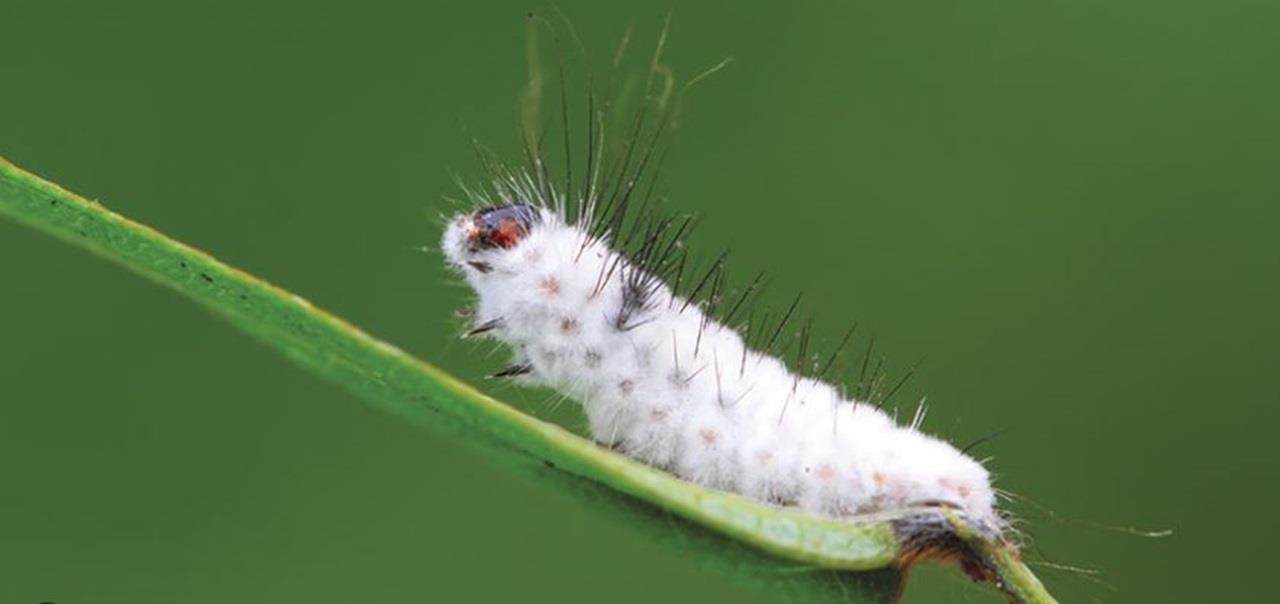Microbes eating insects
Microorganisms play an important role in life on earth. Also, in agriculture they can be major contributors to a sustainable world. There is a group of microorganisms that can be classified as bio insecticide, meaning that they can kill or control insects.
Some examples of these are the entomopathogenic fungi Beauveria bassiana and Metarhizium anisopliae and the bacteria Bacillus thuringiensis.

You would think insects are pretty well protected by their exoskeleton, so how does this work?
Different microorganisms have different mode of actions, but I will describe some of the most well-known and most common.
Bacillus thuringiensis is a common and worldwide used bio insecticide. First discovered in 1901, it has been recognized as a powerful and highly specific insect pathogen in 1911. This gram-positive bacterium is toxic to certain insects when ingested. It works as follows; the bacterium produces proteins, commonly called Crystalline toxins, which remain inactive until consumed by an insect. Once digested the protein is activated and binds to specific receptors in the insect guts. When bound, the toxins pierce holes in the insect's gut, ultimately causing the gut contents to leak and the insects to starve. But toxins have specific activities against insect species of the orders Lepidoptera (months and butterflies), Diptera (flies and mosquitoes), Coleoptera (beetles), Hymenoptera (wasps, bees, ant and sawflies) and nematodes.
Different microorganisms have different mode of actions, but the end goal is the same: the insect's death
The entomopathogenic fungi Beauveria and Metarhizium have a different mode of action. Spores of these fungi adhere to the waxy epicuticle (protective outer layer) of their host insect. After adhesion, these spores will germinate. Then proteins are produced which degrade the cuticle, enabling the fungi to enter the insect. In the end the fungi can grow on the entire insect, resulting in the insects death. Beauveria bassiana targets for instance, Helicoperva, borers, caterpillars, and mites. Metarhizium anisopliae targets for instance thrips and beetle larvae.
Insects can have different defence mechanisms against fungal infection; 1) insects can smell and avoid fungi, 2) soil insects groom away fungal spores, 3) insects can generate a fever response, 4) social immunity: infected insect will leave the group and die.
(The above-mentioned microbial geneses all consist of a wide variety of species and strains. The precise beneficial effects of these microbes depend on the specific species and strain that is used)
